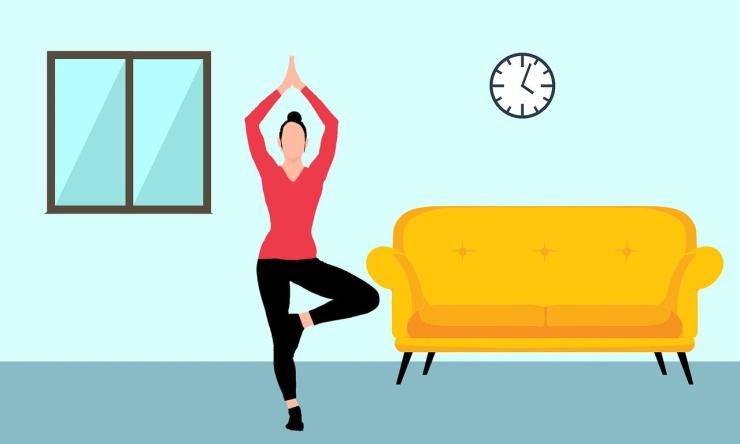From the couch to the court
A new school year signifies the start of a new athletic season but before kids head back to the football field, soccer pitch or even the marching band practice lot, it’s important to ease them into ramping up their physicality after the summer break. A Baylor College of Medicine physical therapist explains the importance of gradually getting kids back into the competitive spirit.
“It’s important for kids to go to sports camps before the school year starts to regularize exercise in a kid’s daily routine,” said Dr. Marcus Knox, physical therapist in the Joseph Barnhart Department of Orthopedic Surgery. “Sport camps can shape their confidence. Taking part in a camp that offers multiple sports is a plus because they are forced to use different muscle groups and neurological pathways.”
Students should take two to three weeks before starting their activities to get conditioned for heavy physical exertion. This looks like increasing water intake, getting at least eight hours of sleep each night and being active outside at least an hour a day, especially if the sport requires students to be outside. Students should also look to exercises that focus on cardiovascular health, like running, cycling and swimming, as well as strength training. Depending on the student’s age and the sport they are training for, this can be done either with weight training or through bodyweight exercises, like squats, pushups or pullups.
“There isn’t a specific age that a student should start focusing on weight training for sports, but usually around the age of 14 is when the body has completed most of its growth spurts and has a better ability to handle the stress of progressive strength training. Starting to train can still depend on the student’s fitness level, previous history with exercise and physical maturity,” Knox said.
Before exercising, students should warm up with dynamic stretches, movements that engage the muscles and joints for activity. Dynamic stretches use movement to increase blood flow to groups of muscles to warm up and elongate muscles. For example, “lunges with a twist" make athletes take an exaggerated step forward with one foot, planting it fully on the floor, slowly bending the hip and knees while keeping the torso upright, then twisting to the right and left slowly while in a lunge position. This activates multiple muscles in the body and gets blood flowing, preparing it for intense exercise.
After exercising, students can cool down with static stretching, holding a stretch for 30 seconds at a time, to help prevent soreness and promote flexibility.
Parents should make sure children have access to proper hydration and make sure their students get at least eight hours of sleep to help prevent overuse injuries. If needed, students and parents can seek out injury prevention programs to improve overall core strength, balance and address common injury-prone areas.
Knox also encourages parents to join their children in their fitness journeys.
“When it comes to living healthy lifestyles, it’s all about consistency and having support. When parents are active alongside their children this promotes a support system that goes both ways and improves a family’s overall health and well-being, physically or mentally,” Knox said.










